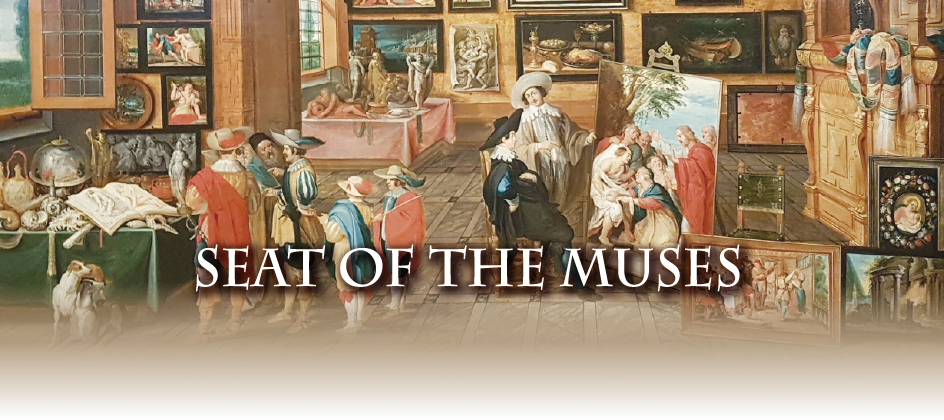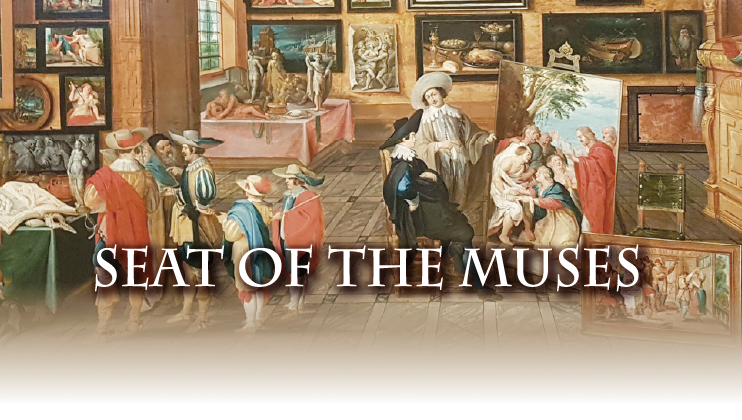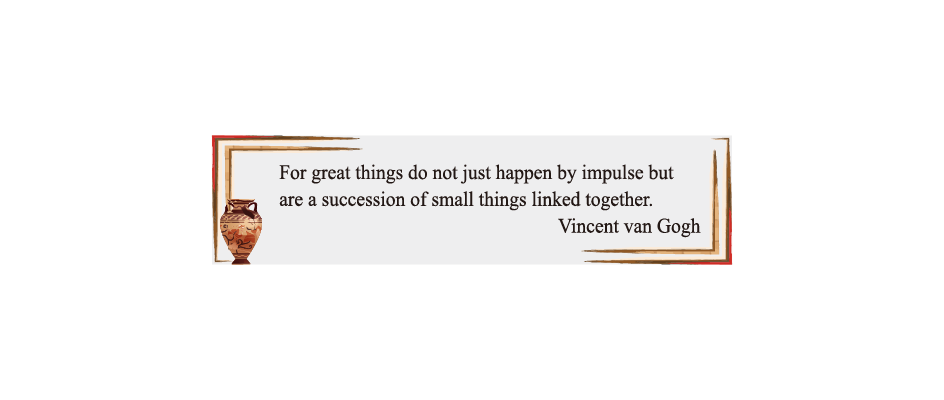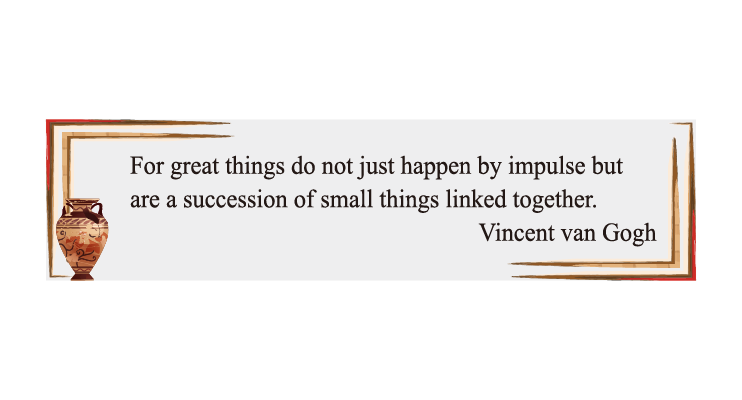

Museums always top our wish list when we plan a trip. They are places where you can see precious, fascinating and extraordinary things. But have you ever wondered how museums evolved into the public treasure troves as they are today?
The origin of the word “museum” gives us a clue as to how it all began. The ancient Greek word mouseion means “seat of the Muses”, referring to a temple dedicated to the nine goddesses of literature, science and the arts. Over time, it came to mean a place for philosophical study, reflection and artistic exploration. An example is the Museum of Alexandria founded in Egypt around 300 BC. It used to house scholars and a famed library, serving more as a learning centre than a heritage shrine. While they were unlike the ones we see today, the early museums were proof of humanity’s urge to gather, protect and share knowledge.
The story of museums remains uneventful until the advent of the Renaissance, when amassing collections of rare and exotic objects from faraway lands became more and more fashionable. Aristocrats, royalty and wealthy merchants displayed these precious things in “cabinets of curiosities”, which ranged in size from a piece of furniture with drawers to an entire room. The best entertainment for venerable guests after dinner in 16th century Europe was surely a tour of the wunderkammer—the room of wonder. Every item in these opulent collections might tell a different story, but they all shared the same purpose of reflecting the taste, wealth and power of their owners.
The concept of museums as public institutions began to take shape in the Age of Enlightenment in the 17th and 18th centuries when the belief that knowledge was a powerful tool for the betterment of society started to flourish. Private collections that used to be the exclusive domain of the rich began to open their doors to the public. Opened in 1683 after the wealthy antiquary Elias Ashmole gifted his collection to the University of Oxford, the Ashmolean Museum was widely recognised as the first modern museum in the world. More public museums emerged in the following century: the British Museum was founded in London in 1753, the Museum Fridericianum in Germany in 1779, and the Louvre Museum in Paris in 1793. Since the early 19th century, museums have become cornerstones of communities, serving as both educational hubs and symbols of civic pride.
In our time, museums have diversified in both content and form, offering an array of experiences far beyond traditional art galleries and historical exhibitions. Some even push the boundaries of what we expect from a museum. Created by Nobel Prize-winning author Orhan Pamuk, the Museum of Innocence in Istanbul curates everyday objects—cigarette butts, clothes, jewellery, photographs—that tell the love story of the protagonists in the eponymous novel. Here, the line between fact and fiction is blurred. Visitors do not just observe objects; they step into a narrative and experience the emotions of longing, nostalgia and lost love.
The Museum of Innocence raises interesting questions about the role of museums. Should they only display what are real and historical? Or can they create spaces where imagination reigns? Opened in 2022, the Museum of the Future in Dubai is another example that redefines what a museum can offer. Its bold shape and façade of intricate Arabic calligraphy are as futuristic as its contents. Rather than looking back, it presents a vision of tomorrow. Visitors can enter a world of advanced technologies, from astronautics to artificial intelligence, and contemplate how innovation will shape the future of humanity.
Not all museums, however, need to be serious. Some embrace humour and playfulness, challenging us to rethink the nature of art. The Museum of Bad Art (MOBA) in Massachusetts is a celebration of artworks that have gone spectacularly wrong. Instead of masterpieces, MOBA showcases works of askew proportions, baffling colours and confusing perspectives with immense charm. It offers a refreshing view of creativity and invites us to appreciate effort and imagination, even when the results are hilariously flawed.
Museums have come a long way from ancient temples dedicated to deities to today’s cutting-edge institutions, and will certainly keep transforming as the world changes. Yet, at their core, they will always remain a place where we can wonder, think and learn—with a seat for everyone.
Feature image: Art and Rarity Cabinet by Hans Jordaens III












